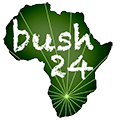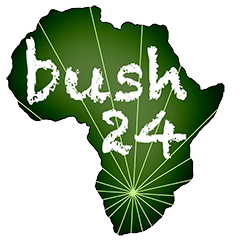(all text and images belong to Nic Proust) unless otherwise stated. Activity prices are quoted as they were at end November 2022) – for any enquiries or if you would like to book a (privately guided) safari to Rwanda, please contact me at nicproust@gmail.com
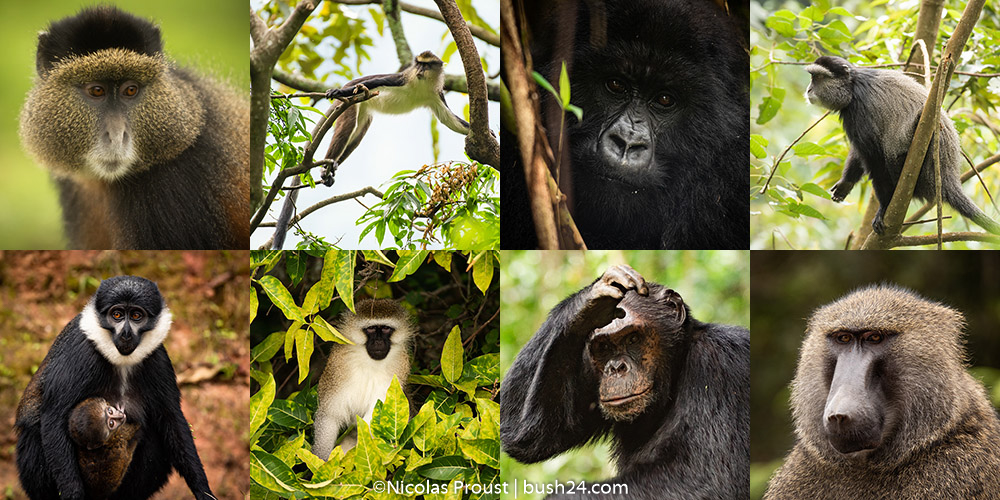
Primates of Rwanda
Rwanda is an incredible location for quality primate viewing and there is so much more to see than just the famed mountain gorillass! There are at least 15 primates species found in four distinct wildlife areas in Rwanda – Volcanoes National Park, Nyungwe National Park, Akagera National Park and the most recently proclaimed Gishwati-Mukura National Park. Outside of these areas there is very little wildlife left and only a handful of other pockets where primates can be seen.
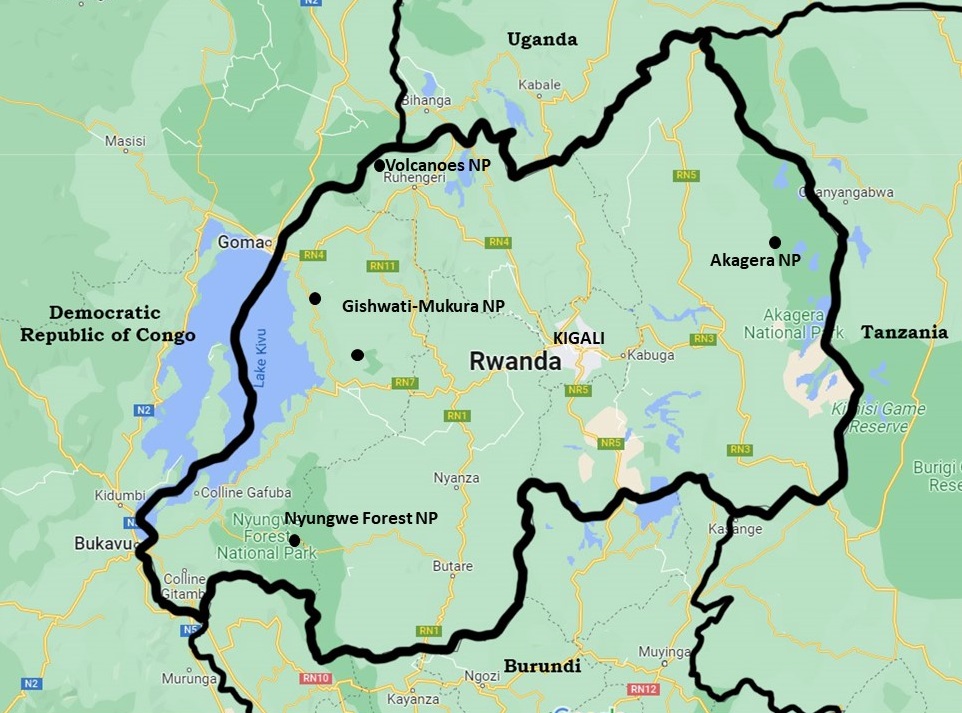
Map 1: Rwanda Map showing the country borders and positioning of national parks
There is limited information on the status of various primates across these areas and in some cases the information provided on certain websites is completely incorrect or based off old data. At the end of 2022, I visited all four National Parks and tried to best document what species of primates were present in each of these areas and the likelihood of a tourist seeing them.
Volcanoes National Park
This is the most famous of Rwanda’s parks. It is the safest and most accessible location to see mountain gorillas across their small range in east Africa. An approximate 3- hour drive from Kigali gets you to the park headquarters near the village of Kinigi. There are many accommodation options in the area and all visitors meet at the headquarters to do gorilla trekking or the golden monkey activity.
Nyungwe Forest National Park
Nyungwe is a high altitude, dense forest area and is situated in the south west of the country and falls under African Park’s management. Forming part of the Albertine Rift it is a biodiversity hotspot. To get there, it is an approximate 5 hour drive from Kigali or a one hour drive from Kamembe airport, Rusizi which is the closest airport to Nyungwe. The park headquarters are based at Uwinka and there is also a secondary and important activities office at Gisakura reception centre which, like Uwinka is the location to book and start various activities. The park has 12 recorded primate species according to my info and spending four days in the area, I was lucky to have some quality viewing of many of them (even though it was raining a lot). I saw chimpanzee, mountain monkey, mona monkey, silver monkey, olive baboon and vervet monkey. Angola colobus and grey-cheeked mangabeys were also present and relatively easy to see but the part of the forest for spotting owl-faced monkeys remains inaccessible so I had no chance to spot the species. Some references suggest the presence of golden and red-tailed monkeys in Nyungwe, but the rangers and guides on the ground I spoke to, opposed this. There are three species of prosimians present in Nyungwe and these include eastern needle-clawed galago, greater galago and dwarf galago.
Akagera National Park
This park managed by African Parks, is situated in the lower lying far east of the country (on the Tanzanian border) and is a relatively easy 2-hour drive from Kigali. The park is accessed from either the south or north entrance gates and is an excellent area to see olive baboons and vervet monkeys. Some references state the presence of red-tailed monkeys in Akagera but according to rangers/ guides, they are not present.
Gishwati-Mukura National Park
This is a very small reserve which hosts a good variety of primates. It was proclaimed to protect chimpanzees, however it also protects golden monkeys, silver monkeys, mountain monkeys and Angola colobus monkeys.
Below you will find additional information on each of the primate species present in Rwanda based off the information shared with me.
Mountain Gorilla (Gorilla beringei beringei)
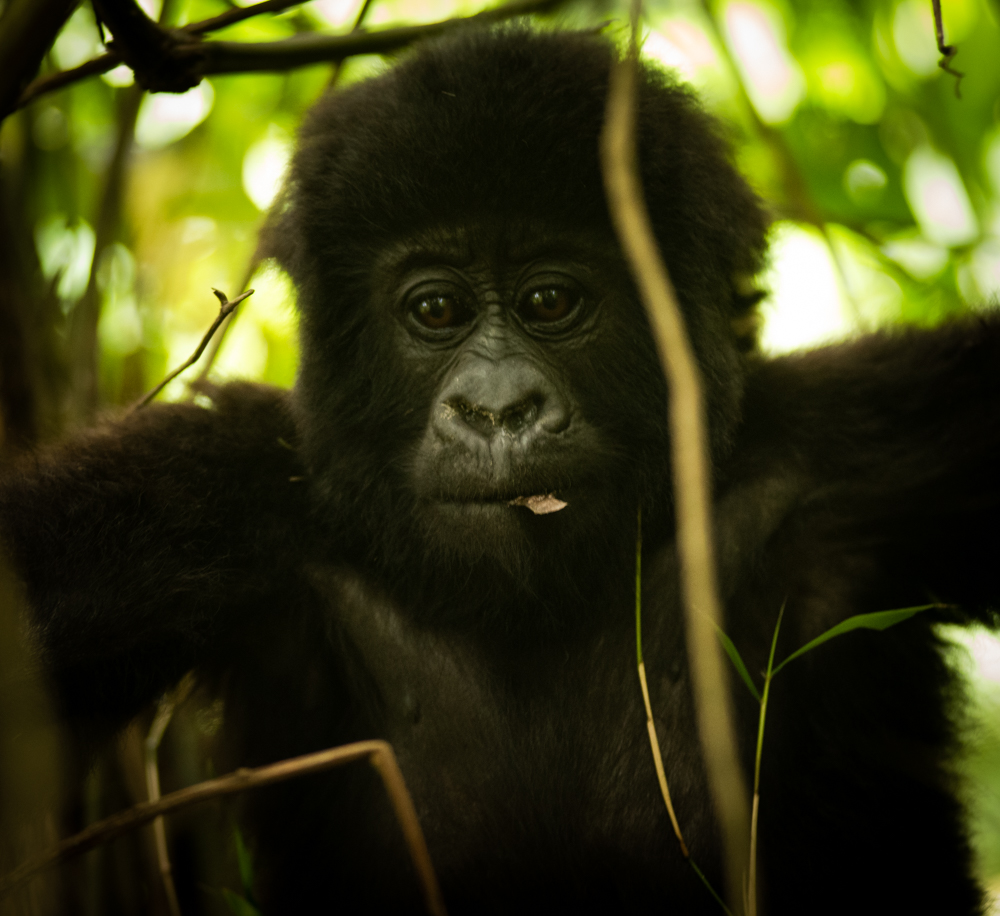
Image 1: This is the youngest member of the Agashya family
In Rwanda, mountain gorillas are only be found in the Volcanoes National Park where there are approximately 12 habituated families that tourists can see. There are more families forming as the population increases in the area and apparently some families coming across from the Congo side of the mountain range due to human pressure on the species on that side.
Mountain gorilla trekking is not cheap (price $1500 for the activity which includes 1 hour with the gorillas) but when you are there it is so worth it. Not only is it a life-changing experience for many but the money goes to conservation and empowering locals. The benefit of the gorilla economy in the area is very evident and the growing population in the country is a testament to this.
Each trek accommodates up to 8 people max to minimize disturbance. Trackers depart before you do and go and find the family you have been allocated. It is customary to tip the trackers and your guide and you get a porter for $10 per trek (but I tipped mine on top of this) which is worthwhile if you are carrying camera but also contributes to uplifting locals in the area and once again benefitting the conservation of the gorillas. Some people book two treks t make sure they get good viewing because of course nature is unpredictable. Seeing gorillas well you have a 99% chance – so it is up to you if you want to book one or two treks.
I was lucky and the reason for my trip was because of the special price for gorilla trekking for African residents in 2022. It is key to present a negative Covid PCR test conducted within 72 hours before trekking. Rapid tests are not good enough.
Chimpanzee (Pan troglodytes)
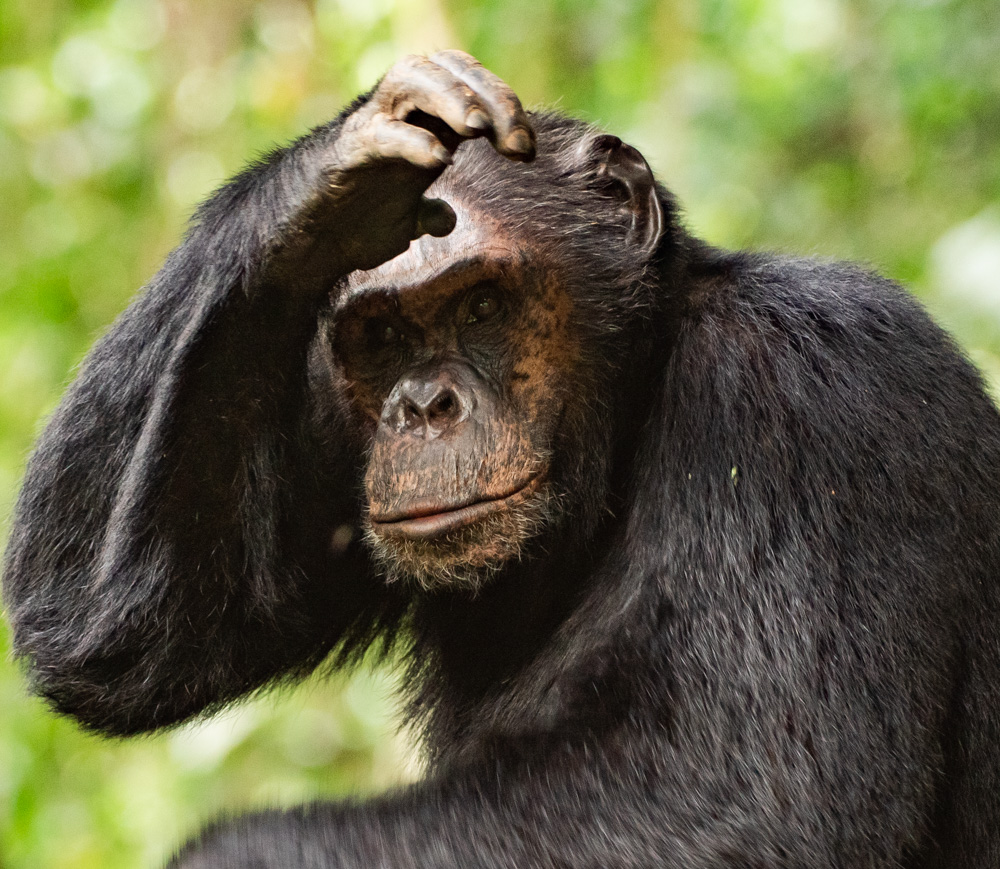
Image 2: The alpha male of the Cyamadongo troop shadows his eyes with his hand, observing the primates observing him
In Rwanda, these omnivores are well represented in two areas. In Nyungwe there are estimated to be 500-600 within the conservation area and there is also a single habituated troop in the Gishwati-Mukura National Park – this is a very isolated reserve close to the eastern shores of Lake Kivu, that although was once joined to Nyungwe is now managed as a different entity.
In Nyungwe, if you are very lucky, you can come across totally wild chimps that rarely see humans when you drive along the main road of the park but sightings are usually just a glimpse. The best way to see this species in Nyungwe, is to book an activity at one of the offices or even better to book it far in advance before your holiday to the country. There are currently two habituated troops of chimps that can be visited in Nyungwe.. There is space for 8 guests per troop and each troop is only visited by one group of guests per day so in total only 16 people can view chimps a day. There are plans to get more troops habituated.
My tip is to try and book the chimps trek at Cyamadongo which is a fragmented part of Nyungwe forest but still falls within the conservation area. This trek always fills up first and tourists will meet their ranger and depart from Gisakura reception at around 5am depending. Being a small fragmented piece of forest means you have an exellent chance of quality chimp viewing. The drive is some distance from the reception area though, and took us about 1.5 hours. While you do not need a 4×4, a high clearance vehicle is preferred which is standard for most tours in Rwanda.
The second Chimp troop in Nyungwe is accessed from Uwinka at the park headquarters. This is a tar road and you will depart around 5am and drive to the closest last position the troop was left the day before and follow up on where the trackers have relocated them. There is a high chance you can view this troop but there its nature and sometimes viewing is tricky. This is also usually a more strenuouse hike than accessing the Cyamadongo troop.
Another tip is Cyamadongo is the best place to see Mona monkeys and you have a very good chance of seeing them when chimp trekking here!
Chimp viewing at Nyungwe is well priced by Rwanda pricing and costs $90 however the price is set to increase in 2023. It is also imperative to have a negative PCR test conducted within 72 hours to do this activity.
Golden Monkey (Cercopithecus kandti)
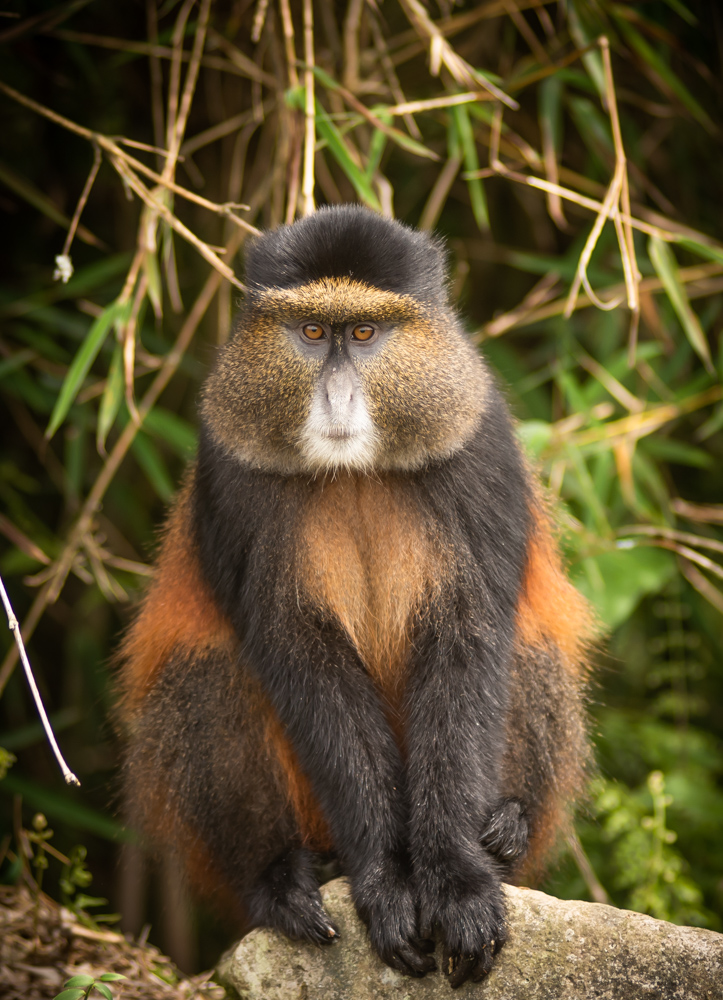
Image 3: Golden Monkey on the edge of the Volcanoes National Park
Golden monkeys are found in the Volcanoes National Park as well as the Gishwati-Mukura biosphere reserve. This activity to see a fairly rare species (pop. estimated to be approximately 5000) is highly recommended. From Volcanoes National park, you depart from the same meeting point as the mountain gorillas – the park headquarters. There are two habituated troops – one on the lower slopes of Mount Karisimbi and the others on the lower slopes of Mount Sabinyo. Due to them being so relaxed and spread out over a large area, the activity can easily accommodate about 20+ visitors at a time. We loved watching them – it was amazing as the large troop of well over 50 individuals moved across some farmland to the forest edge. They are very busy creatures and are arguably the most beautiful primate in Rwanda. The experience costs $100 and is very good value for money as far as wildlife activities in the country go. As with the mountain gorillas, a negative PCR test conducted within 72 hours of the activity is required.
Dent’s Mona Monkey (Cercopithecus mona)
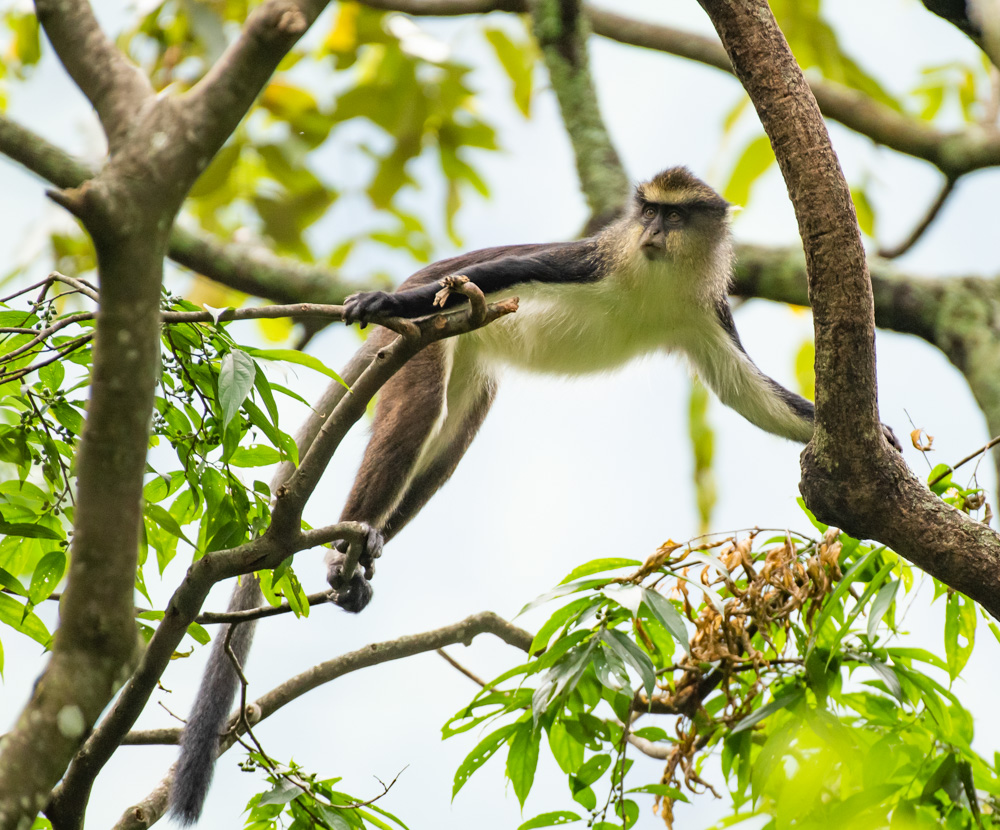
Image 4: Mona monkey up in the treetops at Cyamadongo
Mona monkeys are an old world species that is mostly associated with being found in west Africa. There is little information on the population in Nyungwe and I have not been able to workout if it is the same species as the West African population. Depending on where you go, they are very difficult to see in the greater Nyungwe forest. It is a lower altitude species so one of your best bets is to find them during a walk to the waterfall from near Gisakura reception however the only place they can be found with reliability is at Cyamadongo. Even though chimps will prey on this species, they are often found in close proximity to them.
Mona Monkey activity is not actually an official habituated troop from my understanding, however they were quite relaxed. The cost was $60 and while the chimpanzee trackers don’t focus specifically on them, they generally know their whereabouts so you can depart from Gisakura reception to do this activity or get lucky and see them if you are already doing a chimp trek with the Cyamadongo chimp troop. Remember to present a negative valid PCR test to do this activity.
L’Hoest’s or Mountain Monkey (Allochrocebus/ Cercopithecus lhoesti)
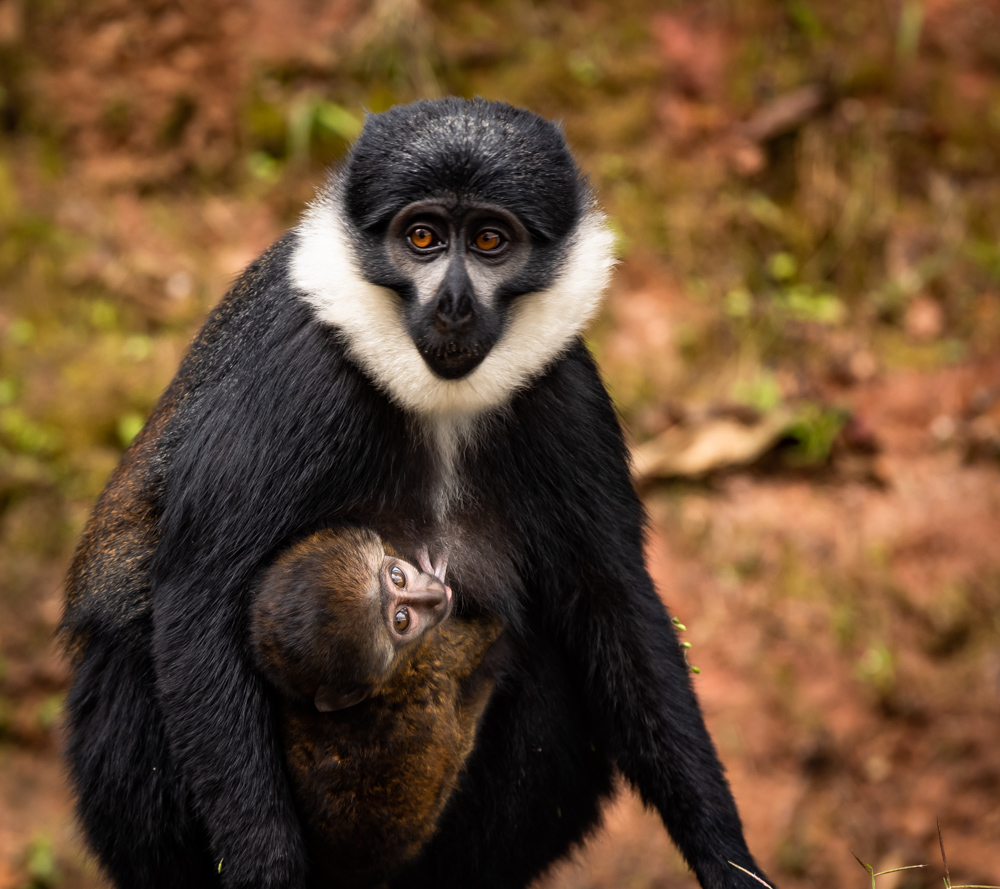
Image 5: L’Hoest’s or Mountain Monkey with baby
This monkey species is by far the most common in Nyungwe and is regularly seen on the main road when traversing through the park. On some days we saw up to ten or so troops along the main road at all altitudes and even into the tea plantations that surround the western side of the park. They are found in small, (female dominated) troops of related females with usually one adult male in attendance.
There are no officially habituated troops of this species however there are many troops that are relaxed around vehicles and so if it is not raining too hard or when they day starts to warm up a bit then you should be able to view them along your route. As a result no PCR test is required however a negative rapid test is required to do walks
Silver Monkey (Cercopithecus (mitis) doggetti)
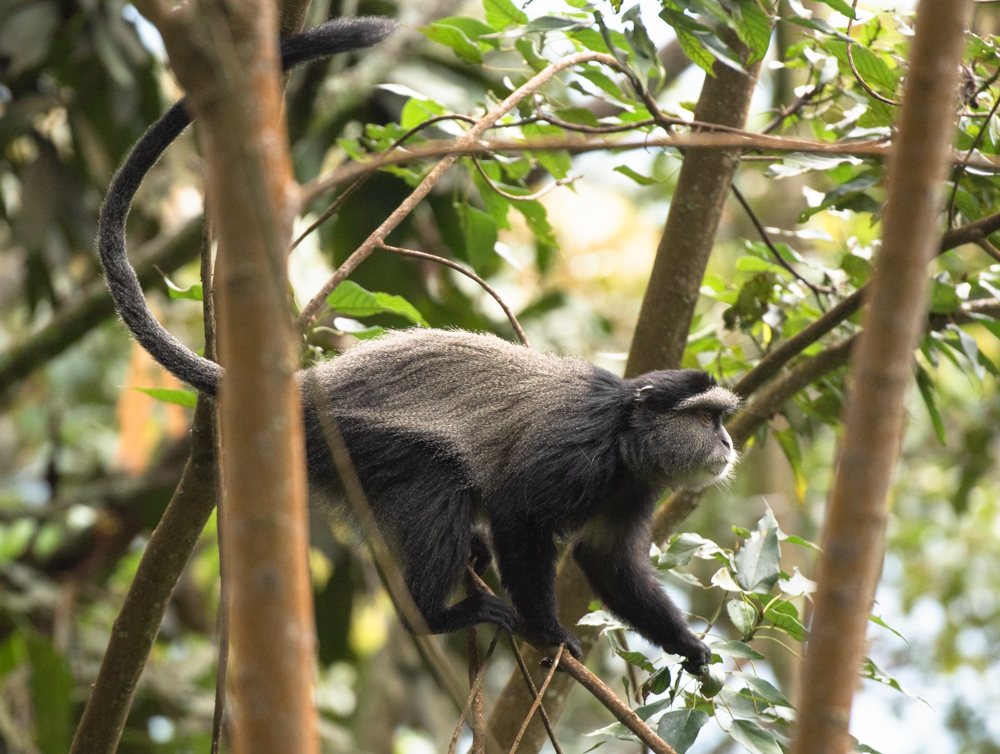
Image 6: Silver monkey in the treetops close to the canopy walkway
Silver monkeys fall under the broader name of ‘Blue Monkeys’ and depending on which taxonomist you speak to, seem to either be one species with multiple subspecies or are regarded as separate species. In fact some references even regard Golden Monkeys and Syke’s Monkeys as part of Cercopithecus mitis species but one thing you cannot argue is visually they are very different across their range. I have been lucky to see these different species/ subspecies and for the purposes of this report I will regard them as separate species as seems to be the general trend from the multiple references and people I have spoken to.
Silver Monkeys are found through all altitude ranges in Nyungwe and are also found in the Gishwati-Mukura National park. In Nyungwe, on my first trip to Uwinka I caught a glimpse of one along the side of the road. I also saw one in the forest of a private property west of Gisakura office. The best viewing we had of this species was close to the canopy walkway (a must-do activity) near Uwinka. While there are no troops of silver monkeys specifically habituated for viewing, the most relaxed ones were in the forest close to the canopy walkway and provided us with good viewing.
A negative rapid Covid test suffices to do the walk to the raised canopy which will provide a good chance of seeing this species.
Owl-faced Monkey/ Hamlyn’s Monkey (Cercopithecus hamlyni)
In Rwanda, this species is only found in Nyungwe and is restricted to a very localized area of bamboo forest towards the Burundi border. They are very shy and studies have shown the presence of the species although it is difficult to estimate the size of the population. I spoke to one guide who had seen them during a training exercise in the area however the bamboo forest habitat is currently off limits to tourists meaning the chance of encountering the species in the forest is almost impossible. With African Parks having taken over the management of the park and with the aim of habituating various primates to allow for tourists to observe wild animals that are fairly relaxed, it is likely that in the future this park will be a good location to connect with the species – this is not official information though and decisions are always made putting wildlife first.
Angolan (Black and White) Colobus Monkey (Colobus angolensis)

Image 7: Angola Colobus monkey
The Angola Colobus monkey found in Nyungwe is the Rwenzori subspecies of this widespread primate. In Nyungwe. they seem to occur at lower altitudes and were found close to Gisakura office. There is a large habituated troop that often comes to the office however the best bet is to book an activity to see the species.
Cost is $60 and a negative PCR Covid test is required for this activity.
Grey-cheeked Mangabey (Lophocebus albigena)
This species is found at the lower altitudes of Nyungwe and the best place to see them is around Gisakura office. The troop that visits Gisakura are quite relaxed around humans and they visited the area during my stay however I unfortunately missed them. There is also apparently another troop that is seen on the northern side of Nyungwe (enquire at office). If you are lucky you could find them on a walk from Gisakura to one of the waterfalls.
Vervet Monkey (Chlorocebus pygerythrus)
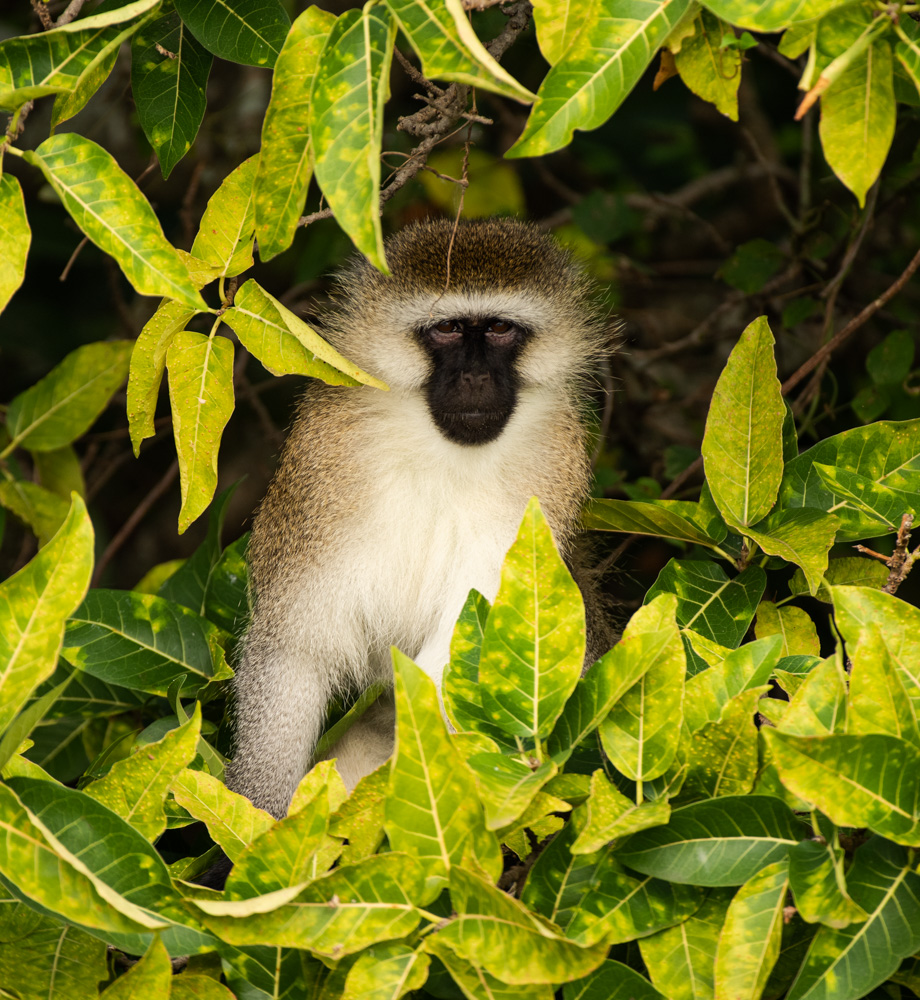
Image 8: Vervet Monkey at Monkey Island on Lake Kivu, the alpha male of the troop that lives there
This is the most widespread primate species in Rwanda and is common in Akagera. We encountered the species in a troop on the eastern shores of Lak Kivu as well as on the aptly named Monkey Island where this species was introduced close to Karongi.
In Nyungwe we saw the species outside of the reserve on the western side around Gisakura where they spend time around some of the hotels. I am not sure about the presence of the species within the thick forested areas of Nyungwe but they are definitely present on the forest edge and into the tea plantations.
Within Akagera National Park the species is common and widespread.
Olive Baboon (Papio anubis)
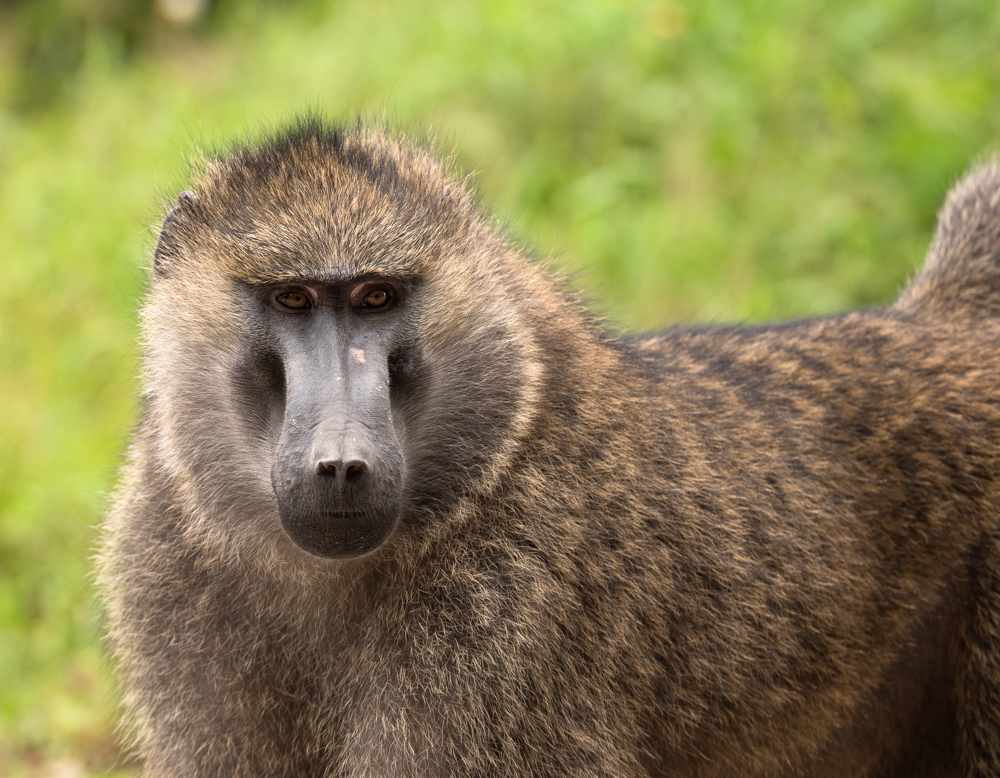
Image 9: Olive Baboon along the road in Nyungwe
This species is widespread through East Africa and in Rwanda is found both in Nyungwe and Akagera National Park. Within Nyungwe the species is not easy within the forest while on hikes, however there are a couple of troops that sometimes come on to the main road that goes through the park. We encountered this species on the main road towards the eastern end of the park.
Within Akagera the species is plentiful and large troops are found throughout the park.
Prosimians
These four species are all nocturnal. Three are found in Nyungwe and one in Akagera and I am unaware of their status in Volcanoes National Park and Gishwati-Mukura. In Nyungwe you can book a night walk that starts from Uwinka. On warm, dry evenings you have the best chance of seeing these primates.
Eastern Needle-Clawed Galago – Galago/ Otolemur inustus –
Greater Bushbaby – Galago/ Otolemur crassicaudatus
Dwarf Galago – Galago/ Otolemur demidovii
Potto – Perodicticus potto – see photo – the species is reported by visitrwanda as occurring in Akagera National Park although when I was there, I heard nothing about it so if it does occur it is probably rare or challenging to see.
*Best to get PCR tests done in Kigali however should you require one, the closest place to Nyungwe is at Gihundwe District Hospital in Rusizi (1 hour drive from Gisakura office). Give a minimum of 8-24 hours for results. Closest Rapid Test to Nyungwe can be done at Gisakura Health Centre.
If you found this article interesting and useful or if you have a comment or correction, please drop me a message on Instagram @nicproust or my Facebook page bush24 or email me at nicproust@gmail.com
